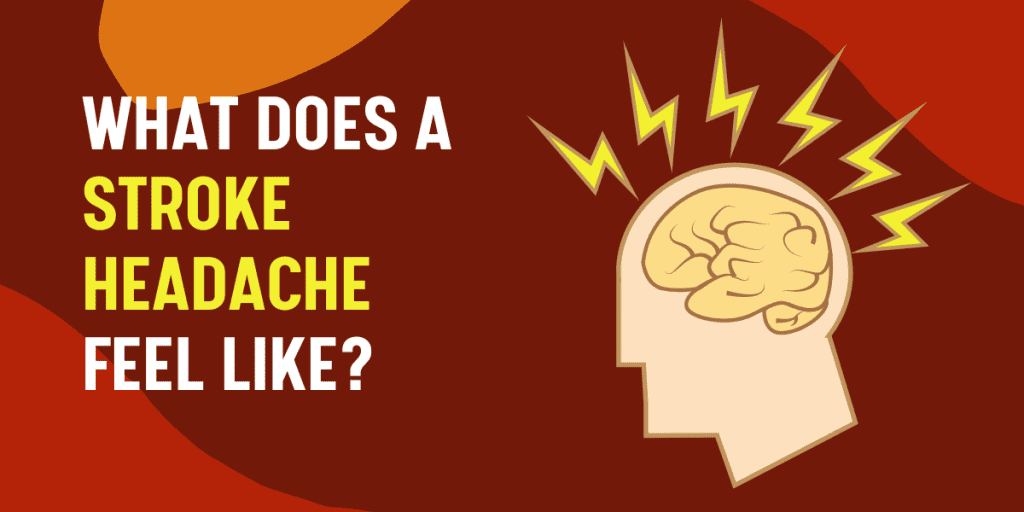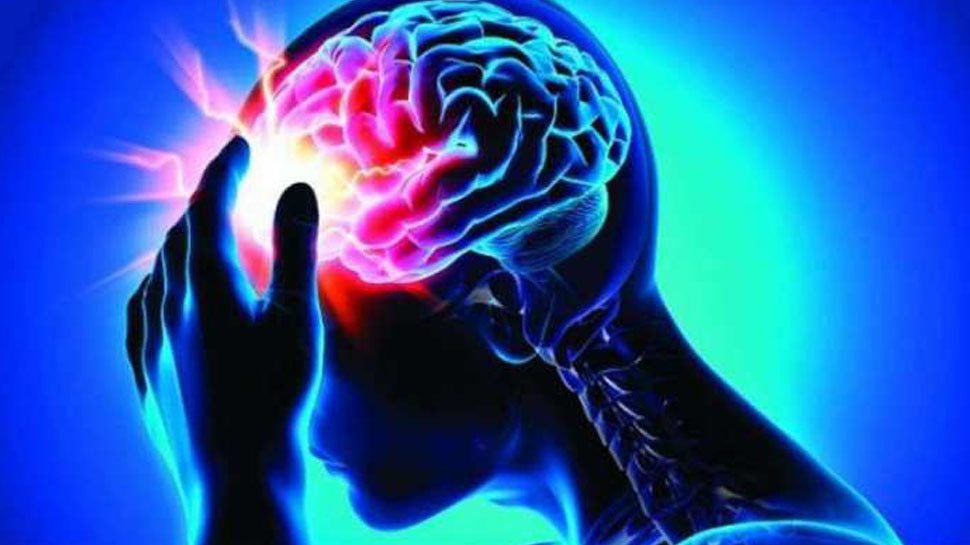
Everyone experiences headaches from time to time, but some people experience headaches more frequently than others. While most headaches aren’t life-threatening and will go away on their own, they can be a sign of something more serious, such as a stroke, in rare cases. However, it can be difficult to tell the difference between a benign headache and a headache caused by a stroke. To help you distinguish between the two, we’ve compiled some additional information on strokes, stroke headaches, and the symptoms of a stroke headache.
What is a stroke?

In order to discuss stroke-related headaches, it is imperative that you first understand what happens in a stroke. A stroke occurs when the brain’s blood supply is cut off. Strokes can be divided into two categories:
- Ischemic stroke: when an artery that supplies blood to the brain becomes blocked and causes brain cell death
- Hemorrhagic stroke: when an artery in the brain bursts, causing bleeding in the brain.
As a way to help people recognize a stroke, the American Stroke Association has come up with the acronym FAST. In the early stages of a stroke, it is common to see the following symptoms:
- F: facial drooping on one side of the face
- A: arm weakness
- S: slurred speech or speech difficulty
- T: time to call emergency services

What does a stroke headache feel like?
Additionally to the FAST acronym’s well-known stroke symptoms, up to 66% of stroke victims report experiencing a headache at some point. Many people describe a stroke headache in terms of an excruciating, instantaneous pain that lasts for minutes or hours. A stroke can cause headaches in the same area that are directly linked to the stroke. For example, a headache in the front of the head can be caused by a blocked carotid artery, while a headache in the back of the head can be caused by a blockage in the brain’s back. Because strokes can occur anywhere on the head, there is no single headache location that indicates a stroke.
How do you know if your headache is a stroke?
It can be difficult to tell the difference between a migraine and a stroke-related headache in some cases. There are many similarities between migraines and stroke-related headaches, such as disorientation, a general feeling of being ill, changes in vision, and vertigo. You can tell them apart by focusing on the sensations they produce. It is possible to have a migraine with auras, flashing lights, and other visual and tactile sensations that are not present in a stroke-related headache. While migraines are caused by known causes and the pain is described as a throbbing, strokes can occur at any moment and cause pain that is sudden and severe.
Conclusion
For some people, “mini-strokes” can lead to stroke-related headaches, too. Transient ischemic attacks (TIAs) are the medical term for mini-strokes, which are also known as transient ischemic attacks. There is no permanent damage to brain tissue in the case of a transient ischaemic attack (TIA). Still, TIAs have the same symptoms as a stroke, but they can last anywhere from five minutes to 24 hours. A TIA should be treated as a stroke, even if the symptoms only last a few minutes because they are often a prelude to a full-blown stroke. A stroke and permanent brain damage can be avoided if treatment is sought early enough.




